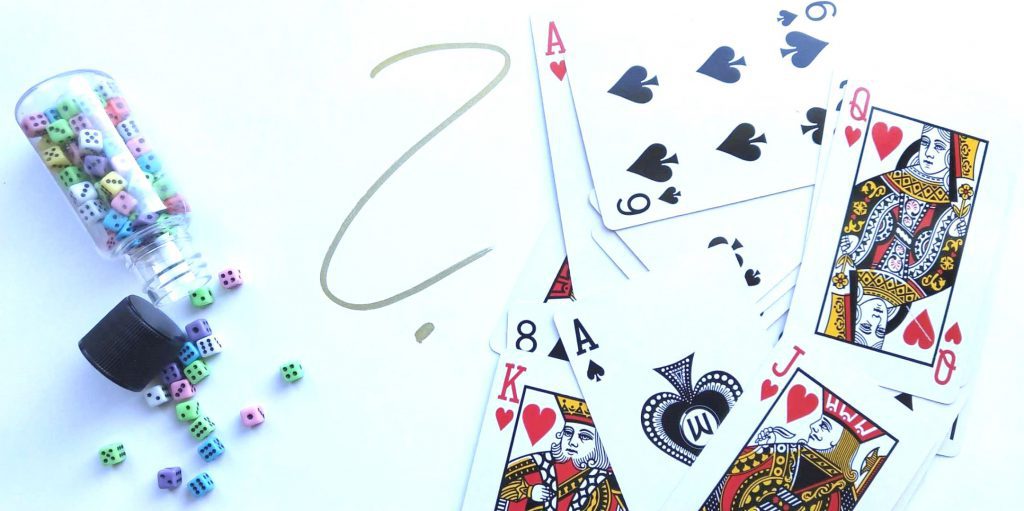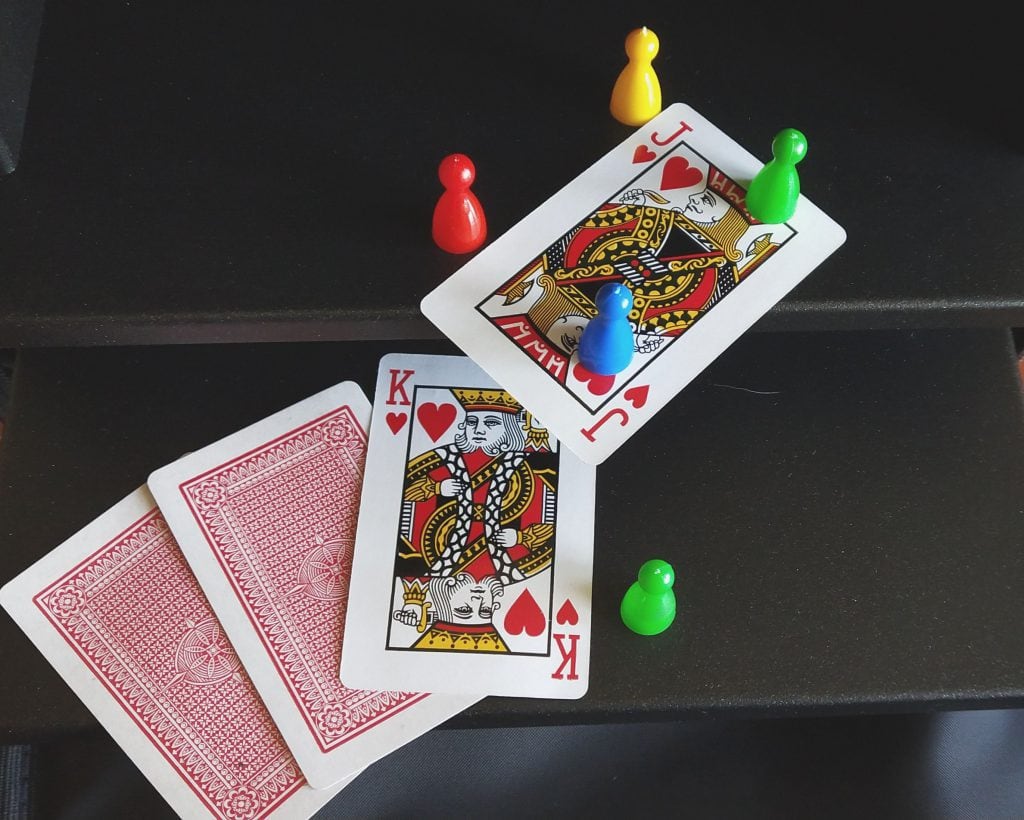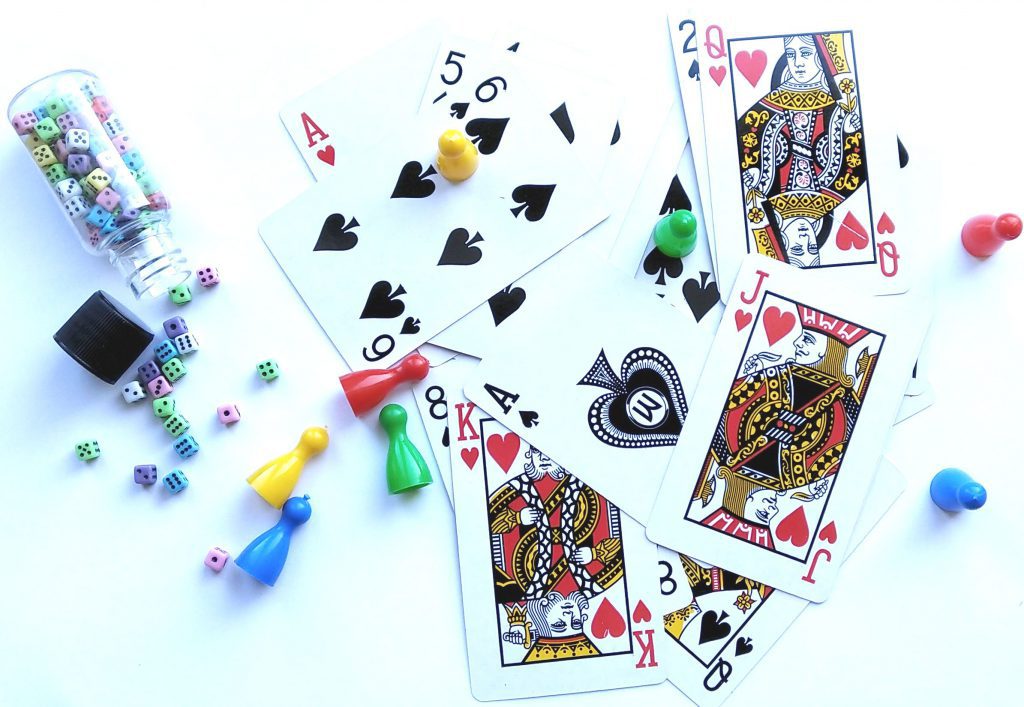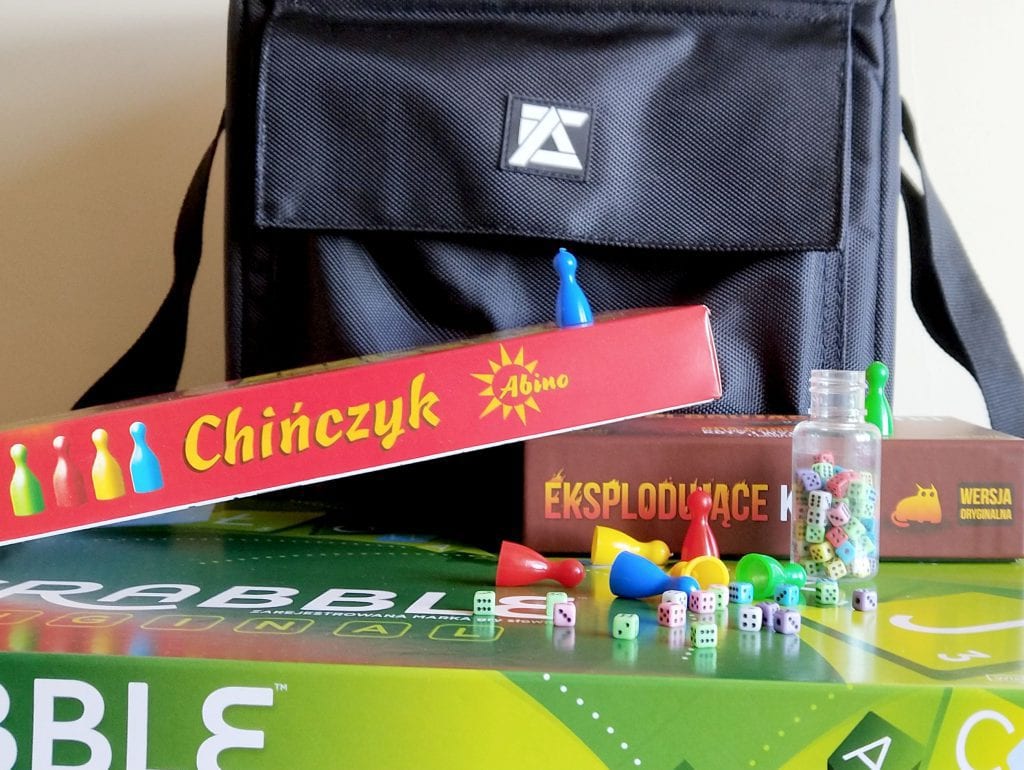
After playing hundreds of board games and spending even more time during Dungeons and dragons sessions, or rolling dice in wargames like Warhammer, you probably though about creating your very own board game. You have a great idea, everything outlined in your head, but you have no idea where to begin? We will try to help you with that! Read on.
Start with writing down your ideas for a board game. Try to include as many information in the description of the game as possible. You need to find out what your game needs. At the beginning even the smallest idea and detail is relevant and might be included in the final version of your board game. You can make a quick list with so called key-words that can be developed into more complex concepts later on. Just be creative! Make easy and simple rules and have fun at the same time!
There are many questions that you will need to answer, but let’s start from the most basic ones:
– how do you want your game to look like?
– how many game pieces you will need to play the game?
– are you going to use playing cards or dice?
– are you going to create your own version of game cards?
– will your game need a game board?
– how many players can play the game at once?
– what is the age range of your players?
Those are only a few questions that you will need to answer, but it is a start. Answer them as short as possible. You will quickly notice that spending too much time trying to answer one question is blocking you from going further. The more advance and developed your game will be, the more often you will be changing your original answer.

You have the basic outline of your game written and sketched out. It is time to make the first prototype. Make all the game pieces needed to play the game. If you decided on a game board, game cards, dice or pawns it is time to create them now. As it is going to be your first prototype it does not need to be beautiful and visually appealing. Take a piece of paper and make a quick sketch of the game board. Do the same with game cards and any other game piece that you need. Use vastly available materials like cardboard or paper to minimize the time needed to create the prototype. If you need more than one copy of some pieces try to create a printable template that can be quickly adjusted to your need. Use as much printing assets as possible as it will save you some time and make creating and adjusting your prototype much easier. You can even make your whole design, including the game board, printable to send it to other creators and play testers for their games!
Remember, that you are just trying out your game, checking if your idea works. At this point it is inevitable to make some changes to your original concept. That is why you need to start with a cheap and scruffy prototype instead of investing a large sum of money into something more eye catching. Later on you will use more elaborated designs and materials for your project.

Having your game pieces ready, you are going to play test your game a lot. Play it with friends and family, determine what your game needs and what people want. Use your prototype and games to establish what people like and need. Do not be afraid to ask people for help. Ask them what they like about it and what they would change in your design and why. In other words make your game as user friendly as possible. Don’t be afraid to ask your friends and family for help. Brainstorm your ideas for the board game. The more games you will play the better. This is what the game development and game design is all about, creating a game that is free of errors and liked by others. After few games you will collect enough answers from play testers to start introducing changes to your first prototype. The game board, wording on some game cards, even the mechanics, all of that might change. You will stay with game cards and dice idea, or switch to playing cards instead. Your game is changing, evolving into a better version of your original idea. This is how game development works. Make changes to your prototype as your go. There is no need to create a new prototype each time you have to make a change. It just takes too much time and effort. You need to concentrate on play testing your game, instead of re-making the board game or cards. If you find out that custom made cards does not work, try to use playing cards instead.

After some time making changes to your first prototype will not be possible. Number of changes needed to be made will force you to create a second prototype, after that maybe another one and another. Finally, you will end up with the final prototype and the game will be finished. This will also be the time to take make the final game prototype and have a look at a bigger picture. Now it is the time to invest more time and money into a beautiful and visually appealing and eye catching board game. It is also the time to make a rough plan of possible future game expansions if the game becomes a big success. Before your will move to the next step just make sure, that the prototyping is over.
Prototyping and developing your game is over. You have all pieces designed, double checked and triple checked, all looks great. Now is the time to think how to produce your game. Are you going the self-publishing road or looking into crowdfunding on websites like kickstarter. Each of those solutions has its advantages and disadvantages, which you will need to consider when making your choice. There is also a possibility that your board game will be picked up by a publisher and all production matters will be handled by your publisher. This is probably the scenario that each game developed would like to get, but unfortunately it’s not always the case. The production phase of your game is not going to be easy, but if your game is good and you believe in it, it will be worth the hassle.

Finally, your game is ready. All printed, produced and published. You want to sell it to the people around the world. What to do know? Promote your game as much as possible. Send few free games to selected reviewers for them to make the unboxing and how to play videos and articles. The more content discussing your game published on blogs, various YouTube channels and other platforms the better. Participate in hobby related events, shops and game conventions. Present your game on as many events as possible. Play with the participants, have a chat with them on your stand. You will quickly find that this is the best way to promote your game, when you are talking about it and playing it with others.
Creating your own board game is not easy and you will find yourself wearing many different hats. In an instant you will become a game designer, play tester, publisher and a lot more than that – simply speaking a man of all trades. It is going to be a lot of hard work, but also plenty of fun at the same time!
It all depends what is the main reason of creating the game. If you are doing it for money, it will be much more difficult than it seems. If you just want to create a new game to play with your friends and family in your free time the process is going to be one big adventure. We create and play board games, because we like challenges. Creating a board game from scratch is a big challenge, but when finished brings a lot of satisfaction.
We do understand that there is much more to creating a board game than what we mentioned in this article. However, we hope that this article has helped you to make a start on your very own board game. First and foremost have fun and be creative! Best of luck with your own board game projects!